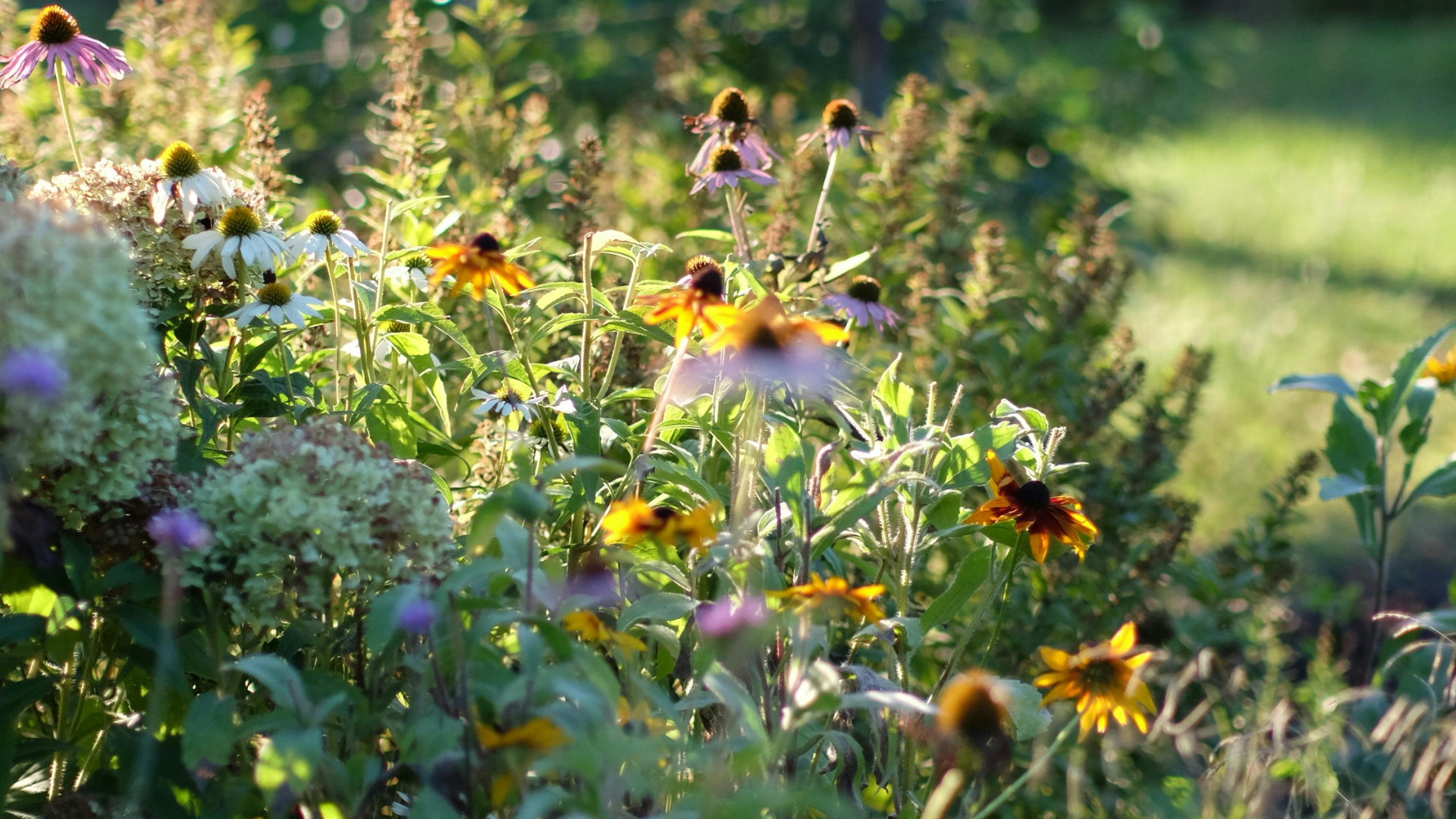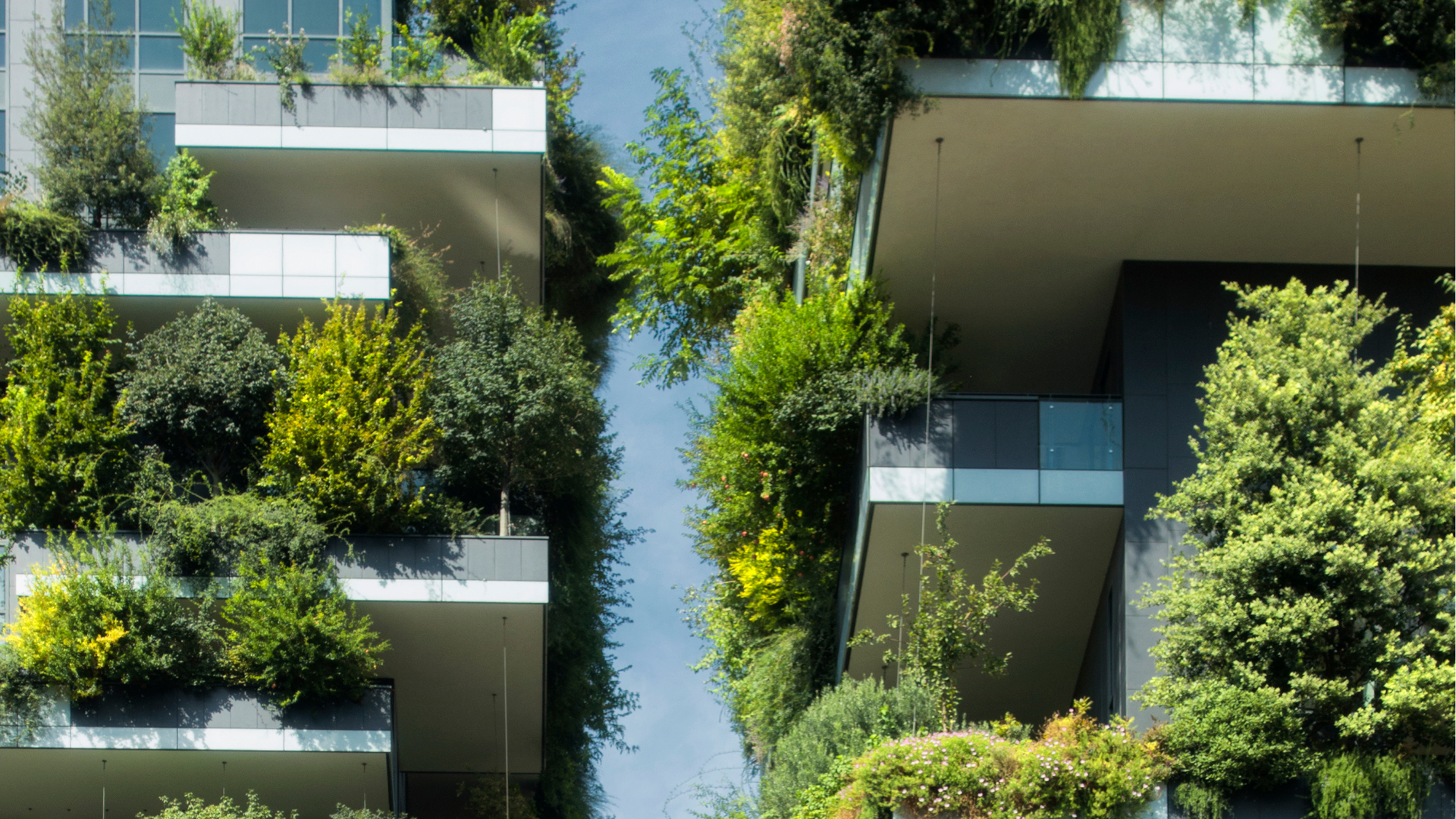As we celebrate World Cities Day, we at Biodiverse Cities are proud to join the global reflection on how cities drive innovation while keeping people at the centre of decision-making.
By: Sol Gustafsson & Celia König - Bax
This year’s World Cities Day theme, ‘People-Centred Smart Cities’, asks how we can drive innovation in cities while keeping people at the centre of decision-making.
The Biodiverse Cities project implements Nature-based Solutions (NbS) that aim to halt biodiversity loss in cities, better support local ecosystems, and enable people, plant and animal life to co-exist in harmony across Europe’s North Sea region. But how do humans both factor into and benefit from these innovations?
Balancing biodiversity with urban life
Biodiversity refers to all the different kinds of living things on Earth. That includes all animals, plants, fungi and even microorganisms like bacteria. It also includes humans. Together, they form an ecosystem: an intricate web of different living things that each rely on other living things to survive.
The growth of cities has contributed greatly to biodiversity loss by destroying natural habitats to make way for buildings and by polluting air, water, and soil through industrial activities that often take place in and around cities, and are harmful to plant, animal and human health. Europe is experiencing a serious and ongoing decline in biodiversity, with more than half of protected habitats and species on the continent now in poor or bad conservation status.
Beyond directly impacting the habitats and species that are now in decline, biodiversity loss also has significant consequences for human health, wellbeing and even survival. Being surrounded by different forms of wildlife and plants in nature has been found by study after study to increase human health and happiness while a reduction in biodiversity has been linked to the increased prevalence of infectious diseases, from malaria to cholera (WHO). Humans also rely on diverse animal and plant life for food and the development of new medicines and treatments (WHO).

Building Nature-based Solutions
The Biodiverse Cities project aims to help reverse the trends in urban biodiversity loss across six cities in the North West Europe region by implementing NbS: solutions that are co-created with citizens to bring more diverse natural features into cities, while also delivering social and economic benefits.
This includes the desealing and greening of schoolyards in Växjo and Brest, and the restoration of wetlands, planting of wildflowers, and introduction of grazing cattle in Aarhus. These solutions will restore the natural habitats that local plant and animal species rely on for survival, while also providing more space and opportunities for residents of the pilot cities to connect with the natural world.

Why is urban biodiversity important for people?
Whereas it’s clear how the Biodiverse Cities project will benefit local plant and animal populations, it is often less clear how it will also serve local people. Returning to this year’s World Cities Day theme, here are five reasons why boosting biodiversity in European cities is also a people-centred choice:
- Urban nature makes us happier and healthier
Spending time in nature and being exposed to diverse animal and plant life, from birds to flower gardens, has been found by study after study to reduce stress and depression, protect us from allergies, boost our immune system, and even support creativity and cognitive development in children (Marselle et al., 2020; Ruokolainen et., 2016; Flandroy et al., 2018; Bijnens et al., 2020; Dadvand et al., 2015).
There is strong evidence to suggest, therefore, that increasing the diversity of plants, animals and other organisms that make up our cities will also help strengthen the health and happiness of our urban communities.
- More greenery keeps cities cooler
Trees and plants are particularly effective at reducing the urban heat island effect - the tendency for cities to be warmer than surrounding rural areas. They do this by providing shade and releasing cooling vapor into the air through a process known as evapotranspiration (Antoszewski et al., 2020). As heatwaves become more frequent and intense due to climate change, this is one of the most valuable human benefits of increased biodiversity.

- Plantlife absorbs air pollution
Air pollution is the largest environmental threat to human health worldwide. Increasing vegetation in cities is a proven, simple way to reduce it, thanks to plants’ ability to trap CO₂ and filter other harmful particles from the air (Gomez-Moreno et al., 2019).
- A variety of water organisms are essential to keep water clean - and swimmable
Rivers, lakes, and ponds rely on diverse organisms, including aquatic animals and plants, fungi and microorganisms, to filter pollutants and provide essential nutrients (Cardinale, 2011). Research has found that the more diverse life is within a body of water, the faster pollutants can be absorbed (and the water thus cleaned). With growing numbers of Europeans choosing to cool down in city rivers and lakes, this benefit of increased aquatic biodiversity is becoming increasingly relevant for human wellbeing and enjoyment.
- Road-side vegetation reduces noise pollution
Research has shown that increasing roadside vegetation from a minimal to moderate planting intensity reduces traffic noise by 50% (Ow et al., 2017). That means planting even a little greenery besides city roads can increase plant life in cities, provide more natural homes for local animal and insect populations, while allowing residents to enjoy calmer, quieter lives.

The case for biodiversity as a people-centred solution
Cities without diverse animal and plant life are greyer, more polluted, louder, and generally less enjoyable spaces for humans to live in. On a global scale, the loss of biodiversity in cities across the world leads to even further-reaching consequences, including on humans’ access to food and medicine sources. Given the speed at which levels of biodiversity are continuing to decline in cities across the world, reversing these trends is crucial for human wellbeing.
As we reflect on building smarter, more people-centred cities this World Cities Day, let us not forget to centre the protection of urban biodiversity within these plans. A diverse mix of animal and plant species within cities is critical to ensure cities can continue to sustain healthy, happy populations, while the nature-friendly measures introduced to protect these species also carry key benefits for humans. We look forward to contributing to this goal with the Biodiverse Cities project and hope you will join us in championing the development and growth of nature-friendly cities.
Keep an eye on our LinkedIn page and pilot webpages to watch how our Nature-based Solutions evolve to help animal, plant and human life to flourish across our North Sea pilot cities and beyond. We can’t wait to share the journey with you.
